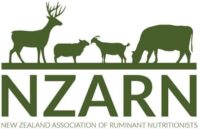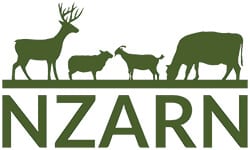There are 5 key points to success in lameness control:
- Record keeping – both incidence and type
- Early detection and prompt effective treatment
- Prevention of damage – cow flow and cow comfort
- Hygiene – low infection pressure
- Good horn quality and foot shape – good nutrition and genetics
The main lesions for cows on pasture are:
- Sole injuries – 30%
- White line – 40%
- Axial injuries – 12%
- Foot rot – 8%
- Solar ulcers – 1%
- Digital dermatitis – increasing occurrence
Each lesion type has different risk factors. These risks come from both outside and inside the hoof. Lameness is usually due to a combination of risks, not just one. For example, thin soles are more vulnerable to stones and concrete. Recording the distribution of injuries between the eight claw positions can help identify the relevant risk factors for the farm. Prevention involves understanding the risk factors for the type of lesion seen and managing these risks.
In summary, farmers should identify the main lesions and keep good records, and understand and manage the risks.


